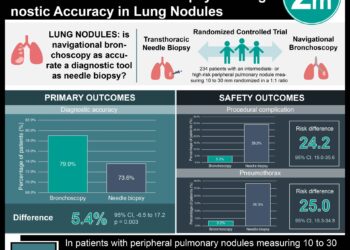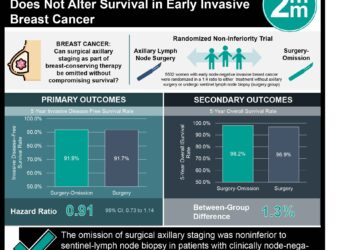Patient Basics: Biopsy of the Prostate and Transrectal Ultrasound
Originally published by Harvard Health.
What is the test?
Your doctor is likely to recommend this test if you’ve had a rectal exam or blood tests that suggest that you might have prostate cancer. For this test, a urologist takes tissue samples from several places in your prostate, to be examined for cancer. A transrectal ultrasound helps the urologist see the prostate during the procedure.
How do I prepare for the test?
Tell your doctor about all the medicines you take before scheduling the procedure. If you take aspirin, another NSAID or an anticoagulant medicine such as warfarin (Coumadin), your doctor will advise if changes need to be made for the biopsy. Be sure to mention any allergies, especially to antibiotics.
Some doctors recommend that you have an enema the night before or the morning of the test. And some doctors also recommend taking an antibiotic one hour before the procedure starts.
What happens when the test is performed?
In most cases, you lie on your side with your knees bent up to your chest. An ultrasound machine’s sensor — a short rod about the width around of two fingers — is covered with a condom and clear jelly and gently inserted into your rectum. You may feel some pressure similar to the sensation before a bowel movement. Once the sensor is in place, an image of your prostate appears on a video screen.
The ultrasound sensor surveys the whole prostate gland and pinpoints specific areas for biopsy. Then the doctor may remove this ultrasound sensor and replace it with a slightly smaller one. In addition to generating an ultrasound image, the smaller sensor has a small tube on its side called a needle guide.
Your doctor points the needle guide at specific parts of your prostate. The guide releases a spring-loaded needle to take biopsies from different parts of the prostate. The spring-loading allows this needle to move into and out of the prostate very quickly. You are likely to feel some discomfort from each biopsy, but because the needle moves so quickly, any pain lasts only for a second at a time.
Doctors usually collect multiple samples. Your doctor may want you to take antibiotics after the procedure.
What risks are there from the test?
Many people have some blood in their urine or stool for a day or two after the biopsy. The only significant risk is the possibility of an infection in the prostate, but antibiotics can help prevent this.
Must I do anything special after the test is over?
If your doctor prescribes an antibiotic, take it as directed. Call your doctor if you develop a fever.
How long is it before the result of the test is known?
A pathologist will examine the biopsies under a microscope for cancer. This process usually requires several days.



![The ABCD2 score: Risk of stroke after Transient Ischemic Attack (TIA) [Classics Series]](https://www.2minutemedicine.com/wp-content/uploads/2013/05/web-cover-classics-with-logo-medicine-BW-small-jpg-350x250.jpg)